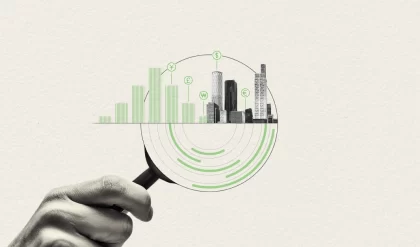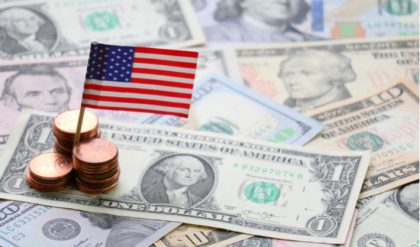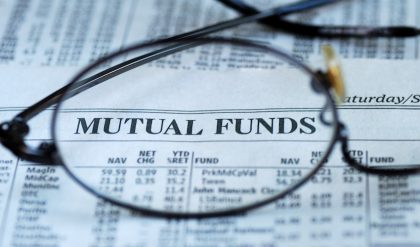Supply and Demand
Although economists all agree that the price of a product or service is a major factor in the consumer decision-making process, it’s not the only factor – and it may not always be the deciding factor. But a principle of microeconomics assumes that, if all other factors are equal, as the price of a product or service goes up, demand for that product or service declines. Conversely, if the price declines, demand goes up. (For more, see: Economics Basics: Supply and Demand.)
Based on pricing, therefore, microeconomics can forecast with reasonable accuracy what a consumer may buy, and how much of that product or service will be bought. Consumer demand – what a consumer wants and in what quantity – is called a demand curve, and may be graphically plotted in a chart, like the one below. (See also: Introduction to Supply and Demand.)

Another way to represent the demand curve is in a table like the example below. The table simply shows that demand for a product, in this case an apple pie, declines as the price for it goes up. 
The demand curve for apple pies may change if a factor in the decision-making process changes. Let’s say a competing bakery offers cherry pies that are bigger and cheaper than the apple pies. The demand curve for apple pies may then change, with demand falling off as demand for the cherry pies goes up.
Consumer demand for both apple pies and cherry pies will depend on this price and size relationship – cherry pies are bigger and cheaper than apple pies. If the apple pie baker makes a new batch of apple pies as big as his competitor’s cherry pies and offers to sell them at the same price or lower than the cherry pies, then demand for apple pies should go up. (For related reading, see: How Does the Law of Supply and Demand Affect Prices?)
Opportunity Cost and Elasticity
Another price or cost to the consumer which must be calculated as part of consumer buying patterns is what microeconomics calls the opportunity cost. This “expense” or cost represents what consumers must give up to buy something – in other words, the tradeoff factor. If you have a dollar to spend and you buy a cup of coffee for a buck, you won’t have any money left for a donut. Conversely, if you buy the donut instead, you won’t have anything to dunk it in. What a consumer gives up buying one thing and not another is the opportunity cost.
Prices changes in a product or service – either up or down – will influence the opportunity cost to consumers. A steep increase in the price of coffee for a confirmed coffee drinker may not prevent that consumer from buying the same amount of coffee. But for the random drinker of coffee who does not need a cup or two to start the day, the price increase may cut that consumer’s coffee buying.
The change in the quantity of coffee bought by the consumer as the price changes is called demand elasticity. Demand may expand like a stretched rubber band – reflecting its elasticity – if the price of coffee goes down. Or demand may contract, or become inelastic, if the price goes up. (For more, see: Economics Basics: Elasticity.)
Microeconomics measures the demand elasticity for a product or service as its price changes using this formula:
Elasticity = % change in quantity / % change in price
These microeconomic formulae and theories illustrate the core influences that account for consumer decision-making: price, utility and opportunity costs.
Other economic factors, of course, may also influence consumer buying choices. These may include the spending patterns of wealthy consumers for whom price considerations may not be as important as they are for the average consumer. Or a consumer with an average income may be predisposed to spend more money on a product or service because of a preference for quality over price. (See also: The Psychology Behind Why People Buy Luxury Goods.)
Extraneous Factors and Marketing
Consumer buying choices are also driven by psychological, cultural and social factors, all of which play a role in influencing preferences. The convenience factor is also a major influence on consumer buying. Some consumers patronize certain stores and retail outlets because they’re in the neighborhood. Some consumers may prefer to buy from retailers that speak a certain language. Other consumers may buy from stores that provide easy credit. In some instances, these factors may be more important than considerations of price.
What marketing executives refer to as brand loyalty and brand recognition are also important elements that propel consumer choices. A consumer who has had a beneficial experience with a specific brand of product or service will most likely continue to purchase it, despite increases in its price – up to a point. (For more, see: How Does Brand Image and Marketing Affect Market Share?)
Every significant development in the study of consumer decision-making – and every aspect of the process – are of great interest to the businesses community. The data and insights provided by this microeconomic research are studied by marketers and frequently employed in a firm’s pricing, marketing strategies, advertising, packaging, product research and development, quality and quantity considerations, and in other factors designed to stimulate sales.






Comments are closed.